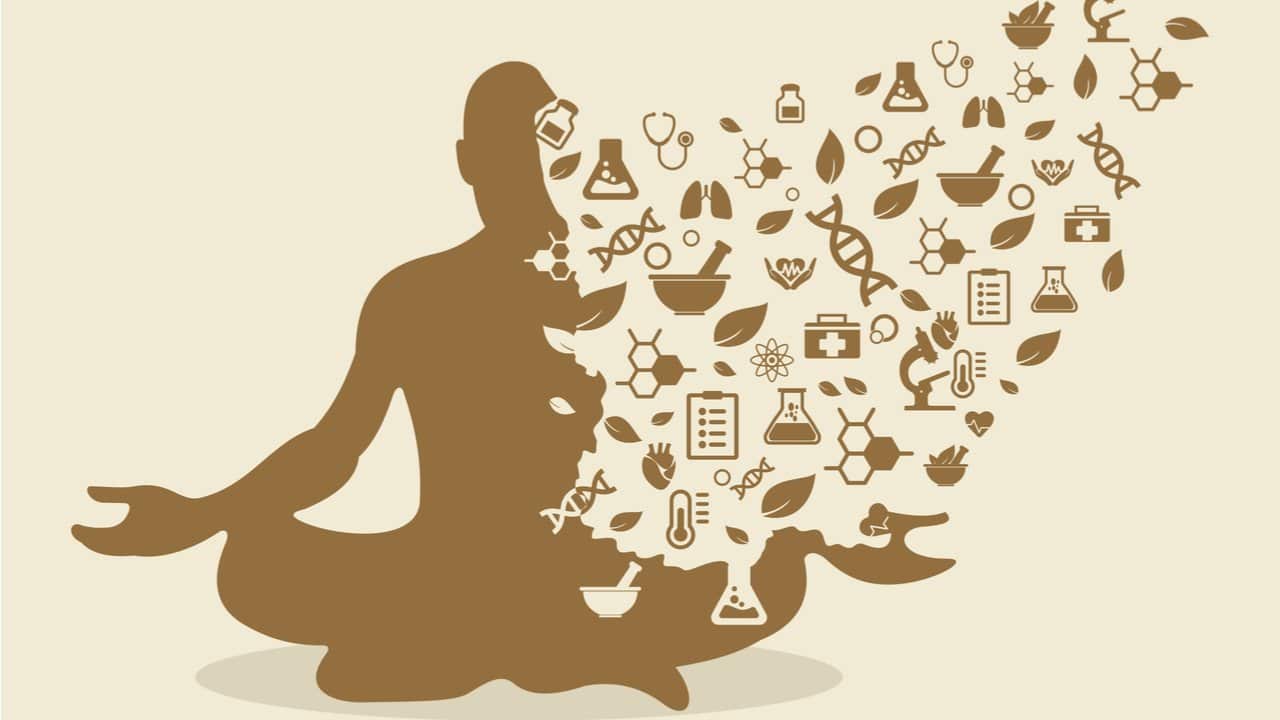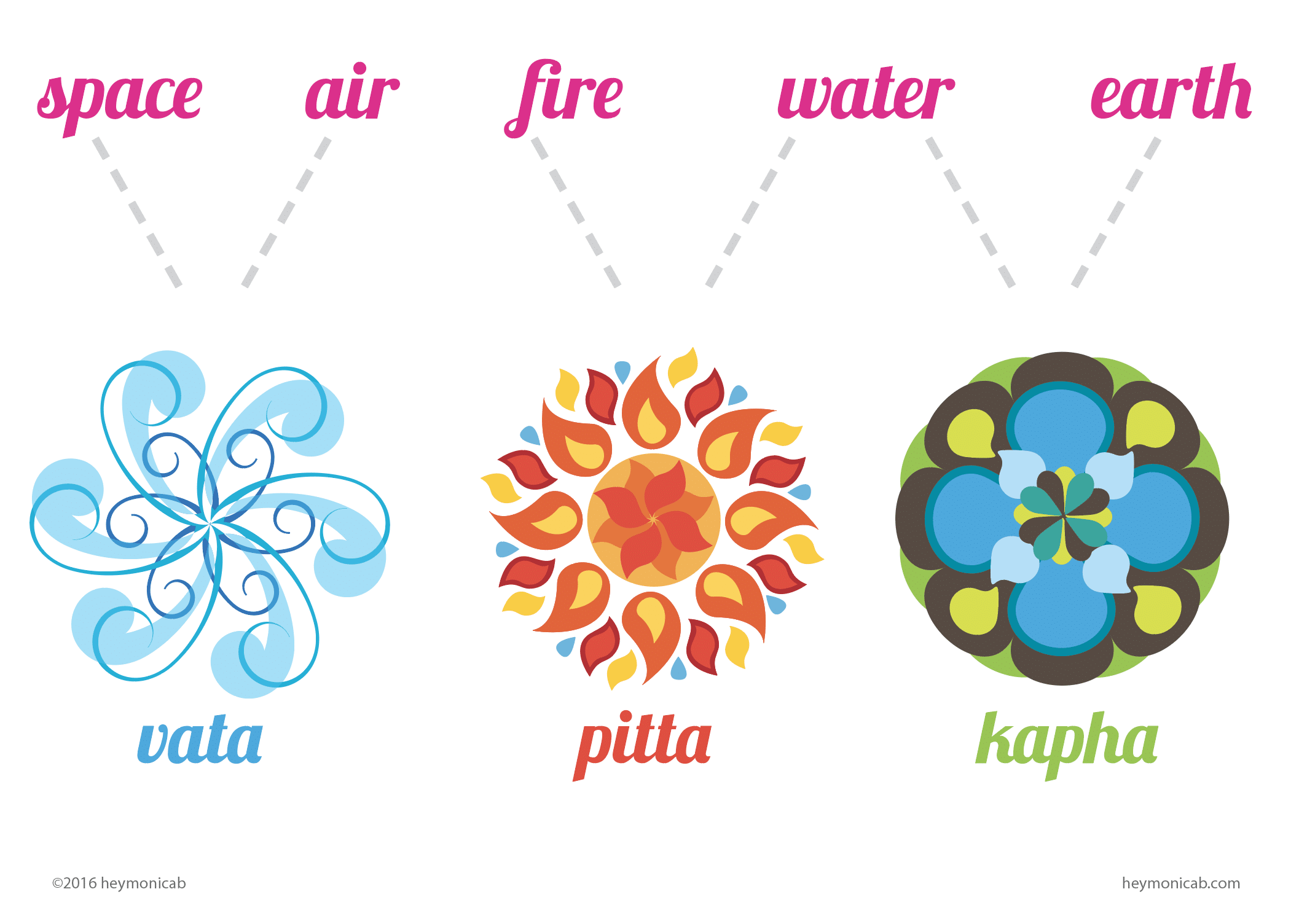Ayurveda is a 5,000-year-old holistic healing system that originated in India. It is based on the belief that health and well-being are dependent on a balanced state of mind, body, and spirit. Ayurveda uses a variety of natural therapies, including herbs, diet, yoga, and meditation, to help people achieve and maintain optimal health.
What is Ayurveda?
The word Ayurveda is derived from the Sanskrit words ayur, meaning “life,” and veda, meaning “knowledge.” Ayurveda is literally the “science of life.” It is a comprehensive system of medicine that encompasses all aspects of human health, from physical and mental well-being to spiritual growth.
The Basic Principles of Ayurveda
Ayurveda is based on the belief that the body is made up of five elements: earth, air, fire, water, and space. These elements are thought to combine in different proportions to create three doshas, or fundamental energies: vata, pitta, and kapha.
- Vata is associated with movement and change. It is responsible for the body’s functions such as breathing, circulation, and digestion. People with a vata imbalance may be prone to anxiety, constipation, and dry skin.
- Pitta is associated with transformation and metabolism. It is responsible for the body’s ability to digest food, absorb nutrients, and eliminate waste. People with a pitta imbalance may be prone to anger, heartburn, and oily skin.
- Kapha is associated with stability and structure. It is responsible for the body’s ability to build and maintain tissues, as well as its immune system. People with a kapha imbalance may be prone to weight gain, colds, and allergies.
Ayurvedic Therapies
Ayurveda practitioners believe that health and well-being are achieved when the doshas are in balance. When the doshas are imbalanced, it can lead to disease. Ayurveda uses a variety of natural therapies to help restore balance to the doshas and promote overall health and well-being.
Some of the most common Ayurvedic therapies include:
- Herbal medicine: Ayurveda uses a wide variety of herbs to treat a variety of conditions.
- Diet: Ayurveda practitioners believe that diet plays a major role in health and well-being. They recommend eating a diet that is tailored to your individual dosha.
- Yoga: Yoga is a mind-body practice that can help to improve flexibility, strength, and balance. It can also help to reduce stress and anxiety.
- Meditation: Meditation is a mind-body practice that can help to calm the mind and promote relaxation. It can also help to improve focus and concentration.
The Benefits of Ayurveda
Ayurveda has been shown to be effective in treating a variety of conditions, including:
- Stress
- Anxiety
- Depression
- Insomnia
- Digestive problems
- Heart disease
- Cancer
- Diabetes
- Arthritis
- Pain
- Skin problems
Ayurveda is also a safe and effective way to improve your overall health and well-being. If you are interested in learning more about Ayurveda, there are many resources available online and in libraries. You can also find Ayurvedic practitioners in most major cities.




